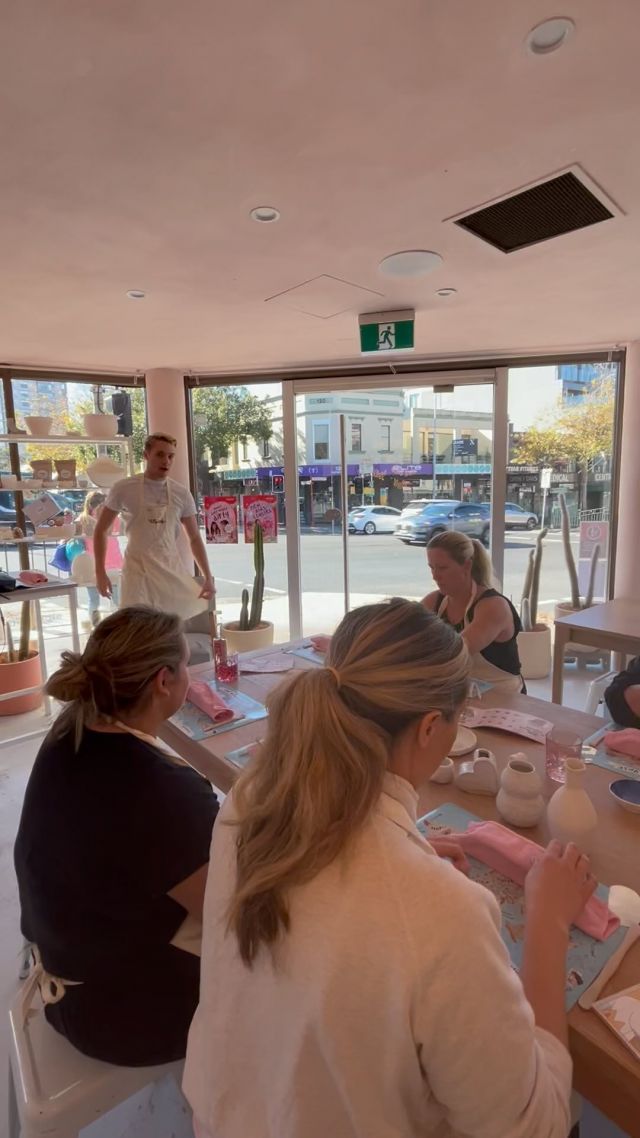Cracking The Dress Code For Any Event
12 September 2023

From a black-tie ball to a networking reception, here’s your guide on what to wear.
Receiving an invitation to an event is always exciting, and is often preceded by fun questions, like: Who to bring? When to arrive? And, crucially, what to wear? Wait. What will you wear?! The dreaded dress code can be frustratingly vague and often confusing. There’s black tie; white tie; cocktail; semi-formal; business attire; and everyone’s favourite, the oxymoron that is smart casual.
So, if the words ‘black tie’ fills you with as much dread as ‘black ice’, or with the same level of confusion as ‘black hole’, you’ve come to the right place. Here we break down the varying dress codes (because during our decade of hosting events we’ve seen them all) and provide you with some guidelines as to what you can wear for just about every conceivable event.
Black Tie
A black-tie event is the most formal affair most of us will attend. It’s also a great excuse to pull out all the stops. For her, it’s the perfect opportunity to indulge in a glamorous evening gown. Floor-length hemlines, luxe fabrics, and special touches like lace and beading are all excellent options. Go for a standout piece in silk, velvet or chiffon, and take glamour to the next level by teaming it with an evening clutch bag in the matching colour. Complete the look with a delicate diamond necklace, white gold earrings, and a chignon for a refined statement.
Not into dresses? No problem. A feminine tuxedo or elegantly tailored trouser suit is also a very chic option. Marlene Dietrich might have made women’s pants popular in the 1930s, but it wasn’t until Yves Saint Laurent debuted ‘Le Smoking’ in 1966 – a slim-fit tuxedo with distinctly feminine tailoring – that the women’s suit became a modern wardrobe staple. For a fresh take, team your tuxedo jacket with the matching wide-leg pants and add a pop of colour with some emerald green satin pumps.
As for him? It’s a dinner jacket with satin lapels, buttons and pockets, plus trousers that are black, fitted and naturally tapered, worn with a white dress shirt with a turned-down collar (not winged), and completed with a black bow-tie. He can dare to opt for another colour bow-tie, but should never wear white. Speaking of…
White Tie
If you thought black tie was formal, you are in for a shock. White tie is the undisputed champion of formality. It’s rare to see this dress code on an invitation these days – in a bygone era it was the standard for a formal event – so if you are lucky enough to attend such an event, it calls for the fanciest of attire. Think, long, formal dress for her, and black tuxedo with white tie, white waistcoat and evening tails for him (yes, it’s that fancy).
Don’t want to break the bank and buy a new designer dress for the occasion? Look to the new wave of fashion rental companies for high-octane, glamorous eveningwear that will come in well under budget.
White gloves are traditionally worn at white-tie occasions, but are no longer essential. If you do want to go all-out, wear them with a strapless or sleeveless dress, as white-tie gloves typically cover the whole forearm.
Cocktail/Semi-Formal
This is the next rung down in the formality stakes. Cocktail or semi-formal attire can allow for more silhouettes and colours, so wear that velvet suit or silk midi-dress you’ve been saving for the right occasion, but don’t go too OTT unless you really want to stand out. Play it safe with the quintessential little black dress – you can’t go wrong – and add heels and statement jewellery to complete the look.
Remember, cocktail and semi-formal attire is less about what to wear and more about an attitude. A shorter hemline is the perfect opportunity to show off great legs and a statement shoe. As for those cocktail receptions that call for more glamour, Alex Perry’s ‘Hunter’ dress is the one. Saturated in sparkling sequins that reflect light like liquid silver, this crepe midi dress is a showstopper.
Business Formal/Casual
The kind of dress code you’ll see on invitations for networking mixers and conferences, you should dress as someone might for a client-facing job or an interview. Of course, there is plenty of variation within this category. It might mean a suit, a knee-length skirt and silk shirt, or a sheath dress, normally in darker tones – think of any of the cast from the TV show, Suits. For more formal settings, you can opt for brighter colours, but just keep in mind that your clothes should not be the focus of attention. Any outfit that makes you question if it’s a bad idea or not as you leave the house probably is. Definitely avoid jeans, sneakers and anything too revealing.
Smart Casual
An oxymoron in itself, this dress code might be the most annoying of all as it always leaves a guest questioning exactly how smart or casual you should be. The answer is: smart, but not too smart. Leave your sequins and stilettos at home. It’s fine to come straight from work, and you can even wear jeans or flat shoes, as long as they’re balanced out with smarter elements, like a pair of chandelier earrings or a silk top under a fitted blazer.
This dress code has more of a laid-back tone, often applying to professional settings, networking lunches, or parties at someone’s home. A long gown would be too much, so reach for shorter dresses or separates. Add a little flair with some of your favourite accessories, like a pair of classic pumps, elegant flats, or simple sandals, as these work well with almost any smart casual look.
Come As You Are
If you’re perplexed by this dress code, you’re not alone as it’s perhaps the most confusing one of all. The definition for ‘come as you are’ is casual but not too casual. Don’t show up in your active wear, or shorts and thongs, but rather in a put-together, casual and cool look. A failsafe look is an easy cotton dress with simple sandals, or khaki pants and a linen shirt.
At the end of the day, when it comes to various dress codes, confidence is the best accessory. If you feel great, you will look great, so wear whatever makes you feel your best.












